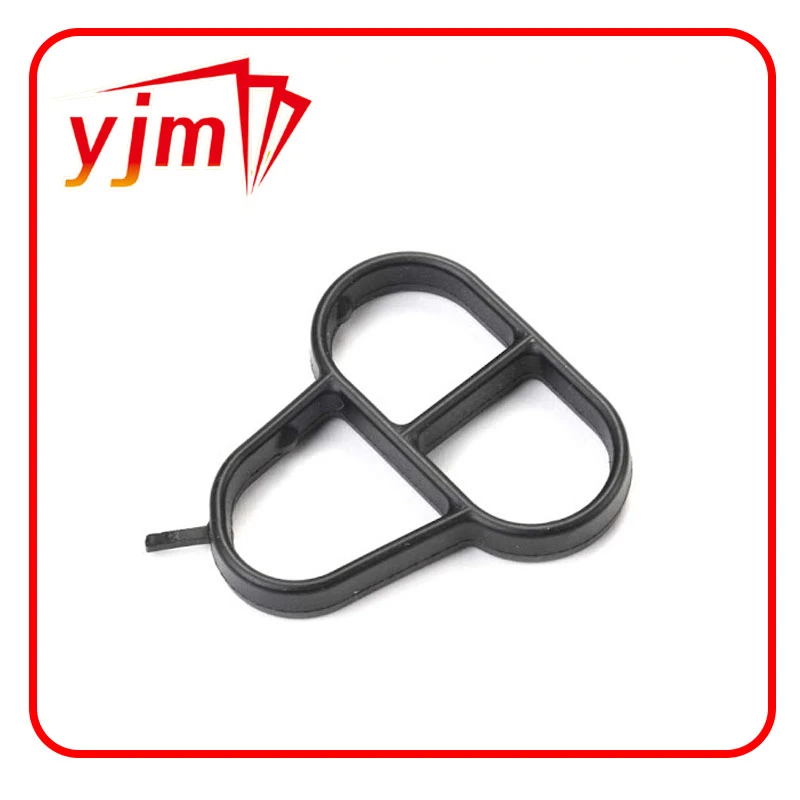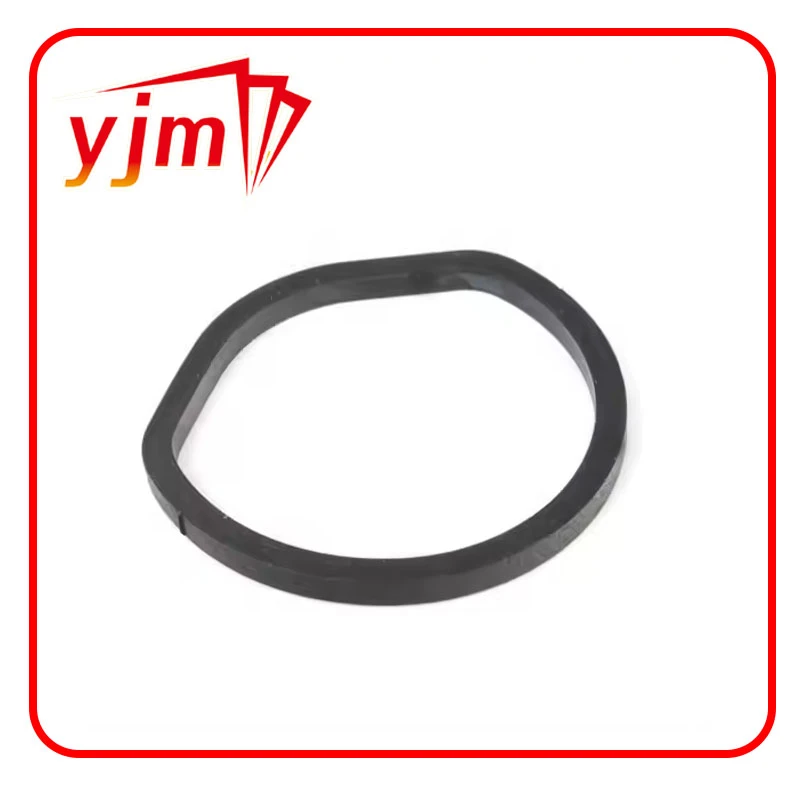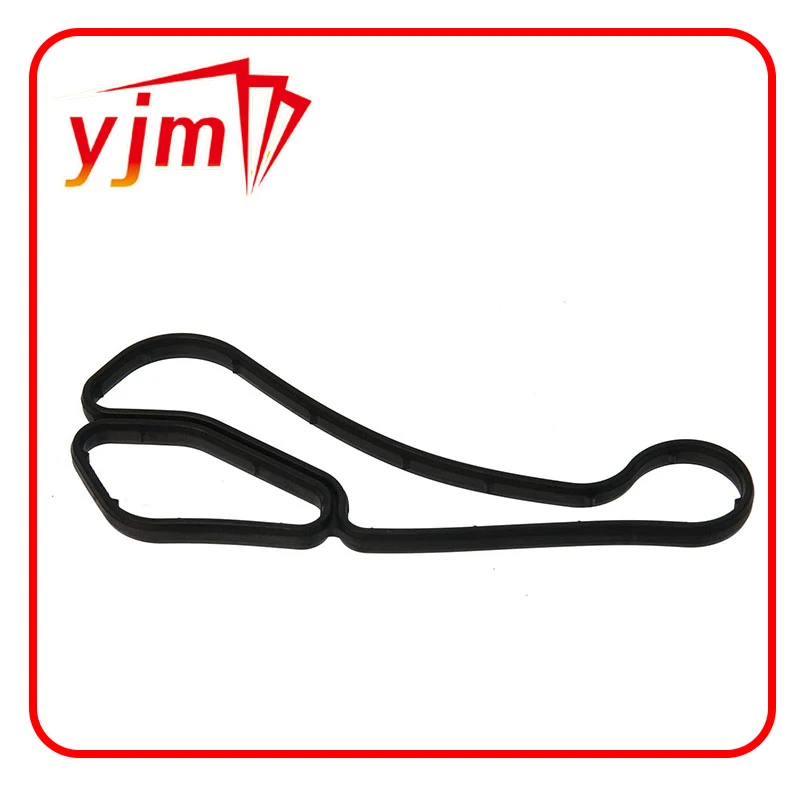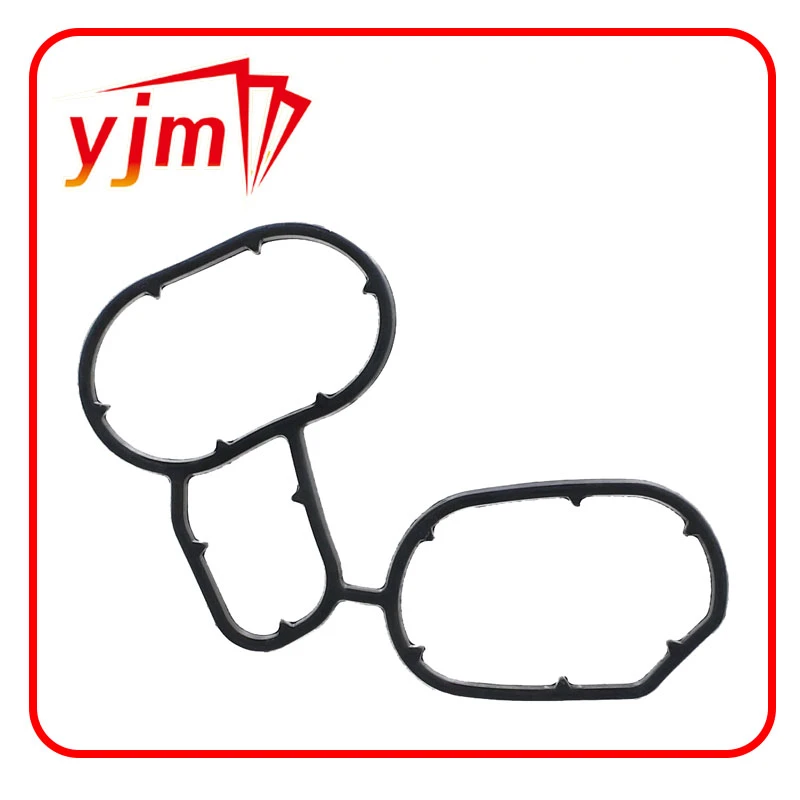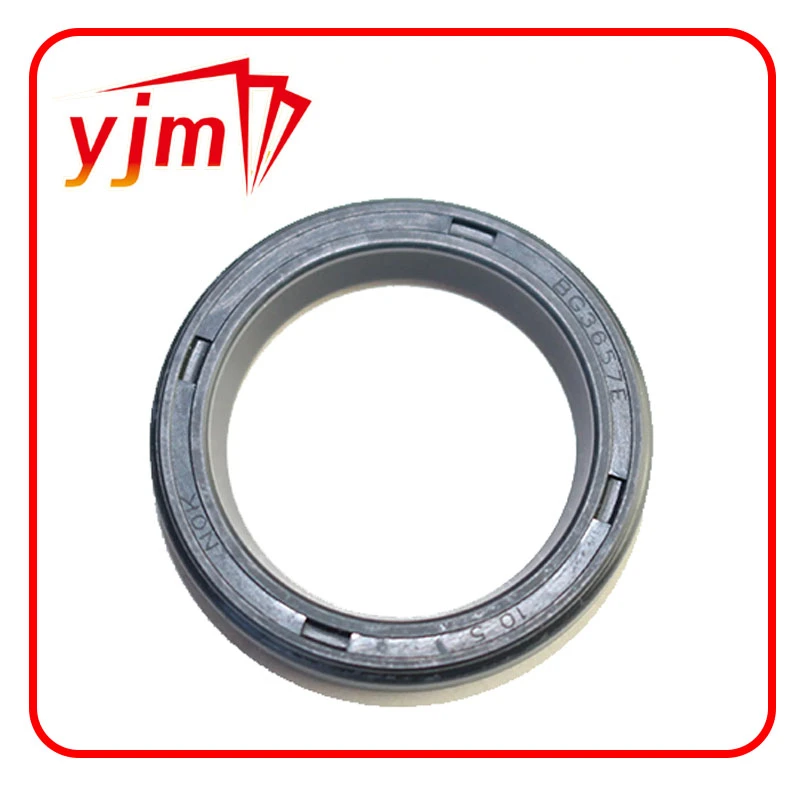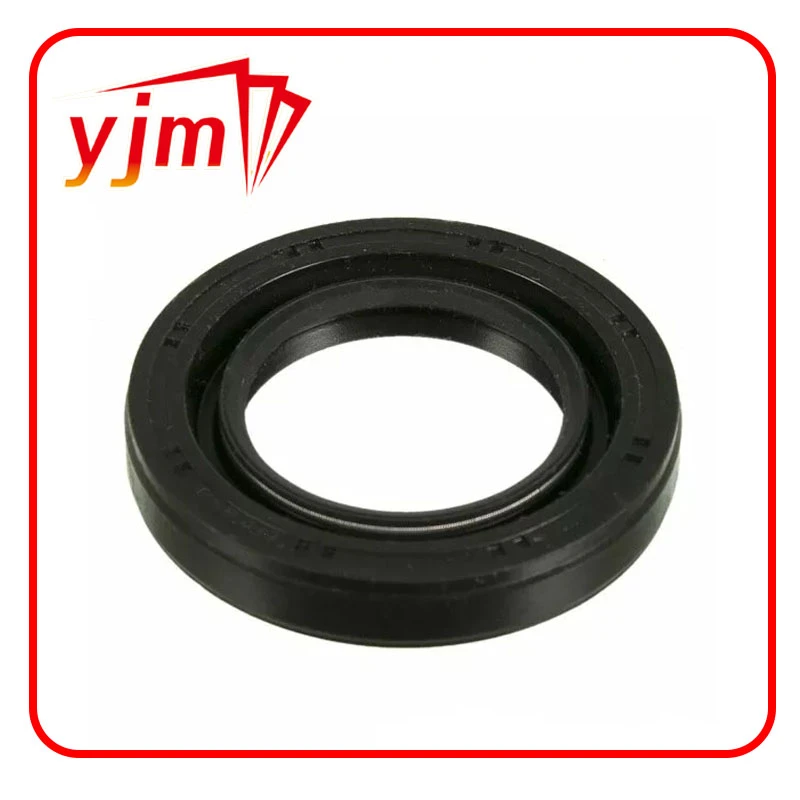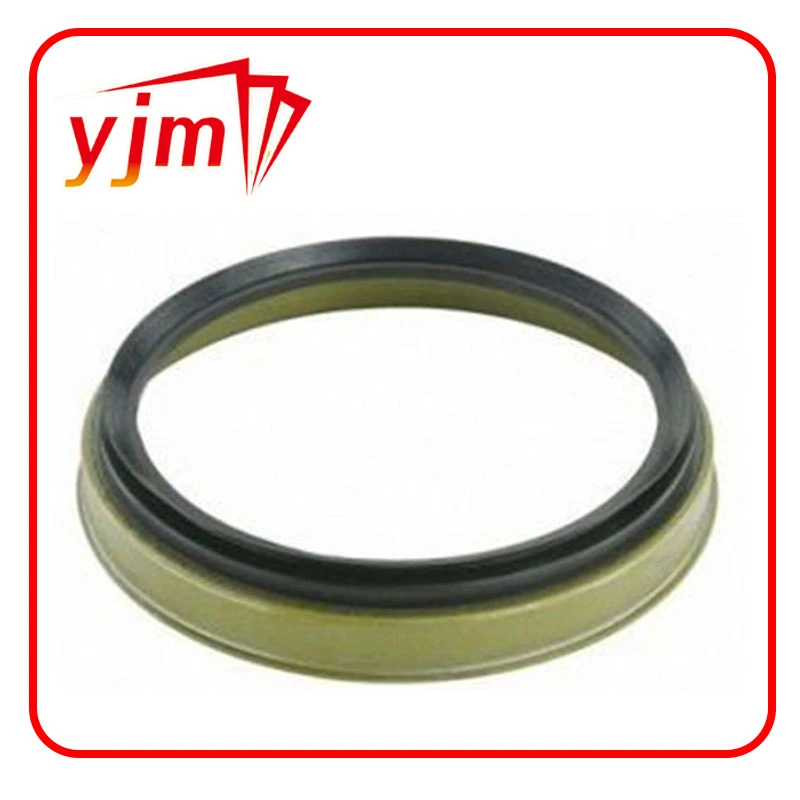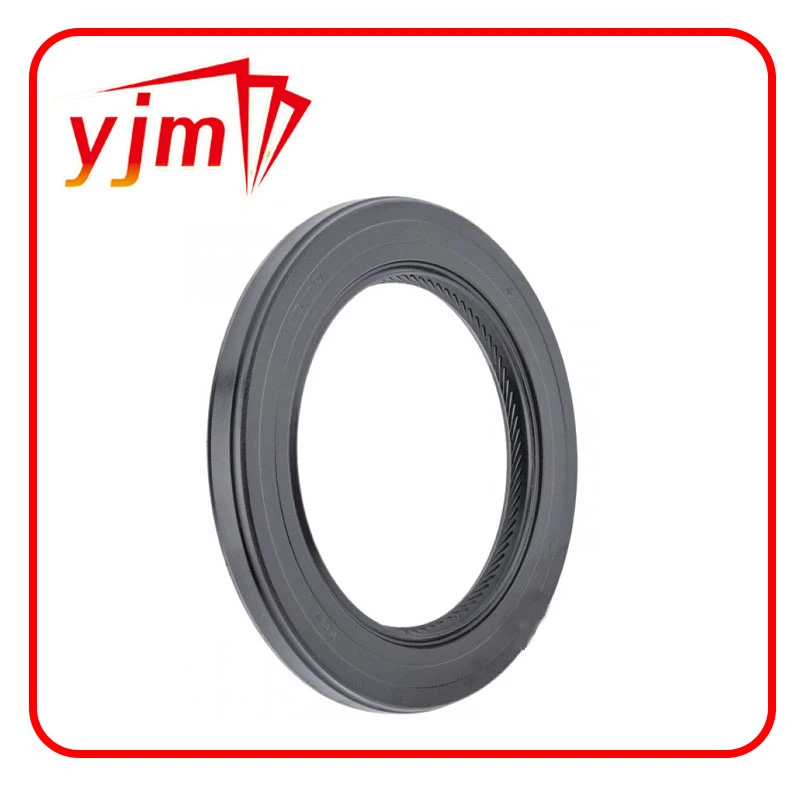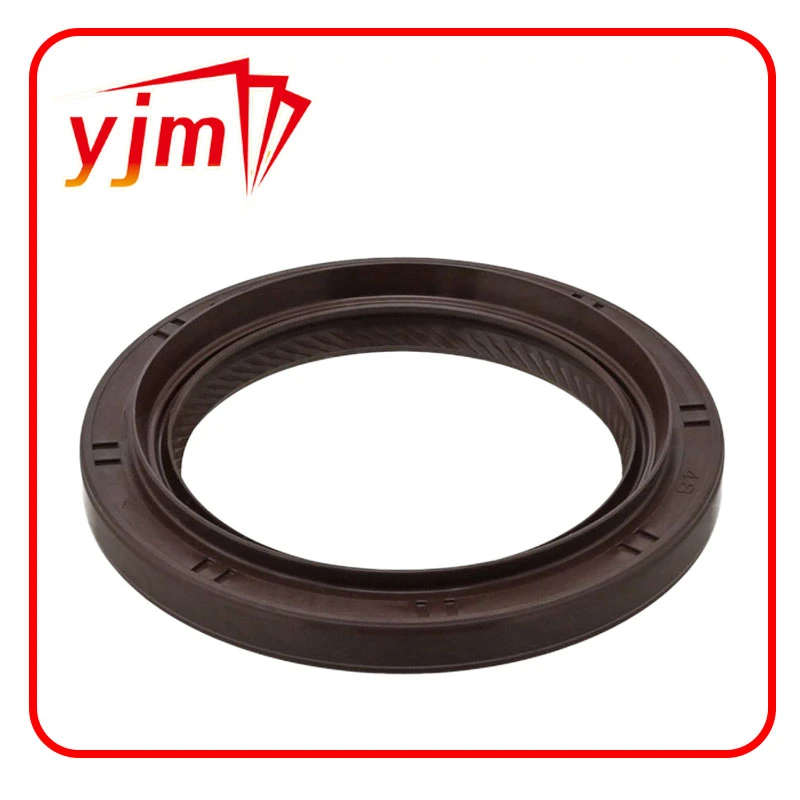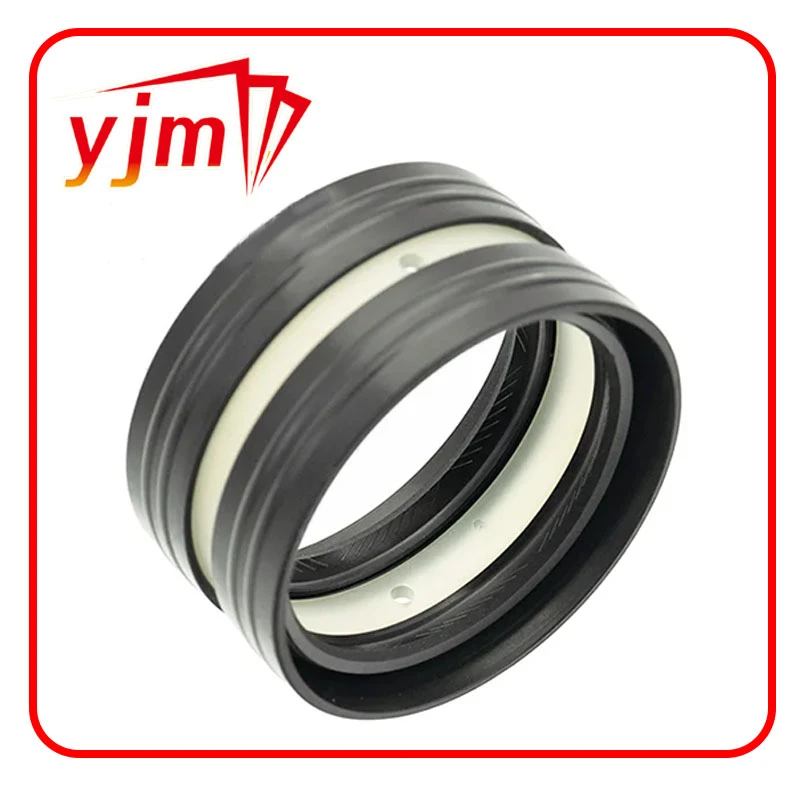Fixing Oil Pan Leaks: Everything You Need to Know About Gaskets and Seals
Oil leaks are one of the most common — and frustrating — problems vehicle owners face. Whether you're spotting a few drops under the car or dealing with a more severe puddle of oil, the source is often the same: a worn or damaged gasket. Specifically, the oil pan gasket, oil pan drain gasket, and oil pan cover gasket are all potential culprits. In this guide, we’ll explore the causes, symptoms, and solutions related to oil leaking from the oil pan, including how to identify issues with your oil drain pan gasket and fix them before they become costly.
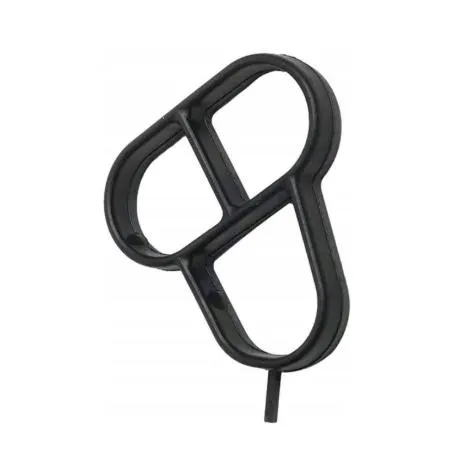
Understanding the Oil Pan and Its Gaskets
Before diving into leaks and repairs, it's important to understand how the oil pan and its gaskets work within your engine.
The oil pan is a metal reservoir located at the bottom of your engine. It holds the engine oil when the engine is not running and provides access to drain the oil during maintenance. To keep oil sealed within the system, several gaskets are used:
Oil pan gasket (or oil pan cover gasket): This sits between the oil pan and the engine block, sealing the perimeter to prevent leaks.
Oil pan drain gasket: A small washer or seal that sits at the base of the drain plug to prevent leaks after an oil change.
Oil drain pan gasket: Sometimes used interchangeably with oil pan gasket, but also refers to any seal used around the pan's surface.
These gaskets are made of rubber, cork, silicone, or a composite material that can withstand heat, pressure, and oil exposure.
Common Causes and Symptoms of Oil Pan Gasket Leaks
When you notice oil leaking from the oil pan, it's usually due to one of the following reasons:
- Worn or Damaged Gasket
Over time, heat cycles and exposure to oil can cause the oil pan gasket to degrade or become brittle, leading to leaks. This is especially common in older vehicles or those with high mileage.
- Loose or Overtightened Bolts
If the bolts securing the oil pan are too loose, oil can seep out. On the other hand, overtightening can crush the gasket, causing it to split or fail.
- Improper Installation
During oil pan replacement or gasket servicing, improper cleaning or uneven torque on the bolts can compromise the seal.
- Damaged Oil Pan
A cracked or dented oil pan (from road debris or bottoming out) can also cause oil to leak.
Signs of a Leak:
Oil stains or puddles under the car
Burning oil smell (especially after driving)
Smoke from the engine bay (oil dripping onto hot components)
Low oil levels or frequent need for top-offs
Dashboard oil warning light
If you observe oil leaking from oil pan gasket or around the oil pan drain gasket, it's essential to act quickly. Driving with low oil can cause severe engine damage due to lack of lubrication.
Fixing the Problem: Gasket Replacement and Leak Prevention
The good news is that most oil leaks from the pan can be fixed with a proper gasket replacement. Here's what you need to know about resolving the issue.
Replacing the Oil Pan Gasket (Oil Pan Cover Gasket)
Drain the Engine Oil: Always start by draining the oil into a suitable container.
Remove the Oil Pan: Loosen and remove the bolts securing the oil pan to the engine block.
Clean the Surfaces: Thoroughly remove old gasket material and residue from both the oil pan and the engine mating surface.
Install the New Gasket: Use a high-quality oil pan cover gasket made from durable materials. Apply RTV sealant only if recommended by the manufacturer.
Reattach and Torque Bolts Evenly: Reinstall the pan and tighten bolts in a crisscross pattern to the correct torque specification.
Replacing the Oil Pan Drain Gasket
If the leak is coming from the drain plug:
Remove the drain plug.
Replace the old oil pan drain gasket with a new copper, aluminum, or rubber washer.
Reinstall the plug and tighten to spec (do not overtighten).
Tips for Using a Liquid Gasket
In some cases, especially where the pan surface is uneven or the gasket area is prone to seepage, you can use a liquid gasket (RTV silicone) along with or instead of a traditional gasket. Just be sure to:
Use an oil-resistant formula.
Apply a thin, even bead.
Allow proper curing time before adding new oil.
Maintenance Tips and When to Seek Help
While fixing a leaking oil pan is a manageable task for DIYers, it does require time, tools, and attention to detail. To prevent future issues and extend the life of your engine:
Pro Tips:
Check the oil pan and surrounding area during every oil change.
Replace the oil drain pan gasket or washer every time you remove the drain plug.
Avoid overfilling the oil, which can increase pressure and lead to leaks.
Use manufacturer-recommended gaskets and torque specs.
When to Call a Mechanic:
You notice large amounts of oil leaking regularly.
The oil pan is cracked or dented.
You're unsure about lifting the vehicle safely or removing components.
You suspect leaks are coming from multiple engine areas.
Professional service can diagnose the exact cause of the leak with a UV dye test or pressure check. This ensures the right fix without guesswork.
Gaskets may be small components, but they serve a major function: sealing vital fluids inside your engine. Whether you’re dealing with a gasket oil pan drain plug, a failing oil pan cover gasket, or oil leaking from the oil pan, acting early can save you from expensive repairs down the line.
By understanding the role of each gasket, recognizing the signs of leaks, and applying proper maintenance practices, you can keep your vehicle’s oil system sealed and secure — protecting your engine and extending its life for years to come.
-
Seal 12x20x5: Precision Radial Shaft Seals for Industrial Reliability
Tin tức Nov.24,2025
-
Seal 12x18x5: Essential Guide to Specifications, Applications & Vendors
Tin tức Nov.24,2025
-
Understanding Seal 12 20 5: Applications, Specifications & Industry Insights
Tin tức Nov.23,2025
-
Durable Oil Seal 85x110x12 – Reliable Sealing Solutions for Industry
Tin tức Nov.23,2025
-
Durable and Precise Oil Seal 75x95x10 for Efficient Machinery | YJM Seal
Tin tức Nov.22,2025
-
Durable Oil Seal 75x100x10 for Reliable Industrial Performance | YJM Seal
Tin tức Nov.22,2025
-
High-Quality Oil Seal 65x90x10 | Durable & Reliable Sealing Solutions
Tin tức Nov.22,2025
Danh mục sản phẩm

